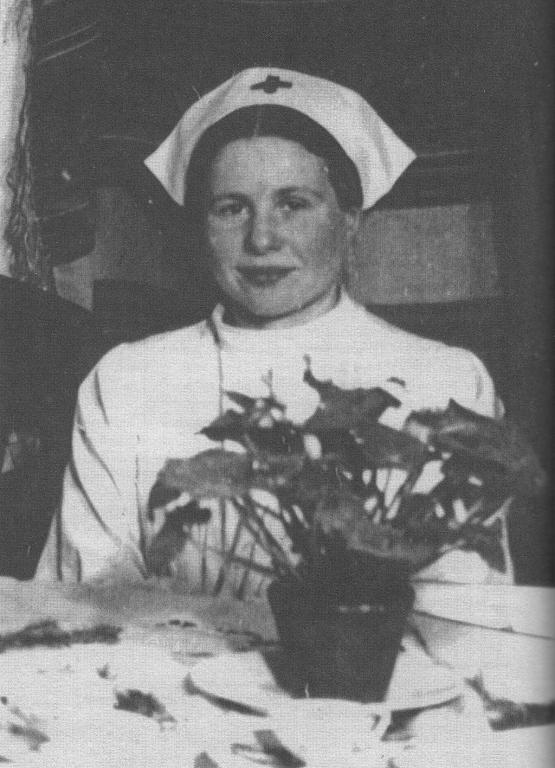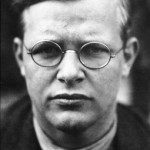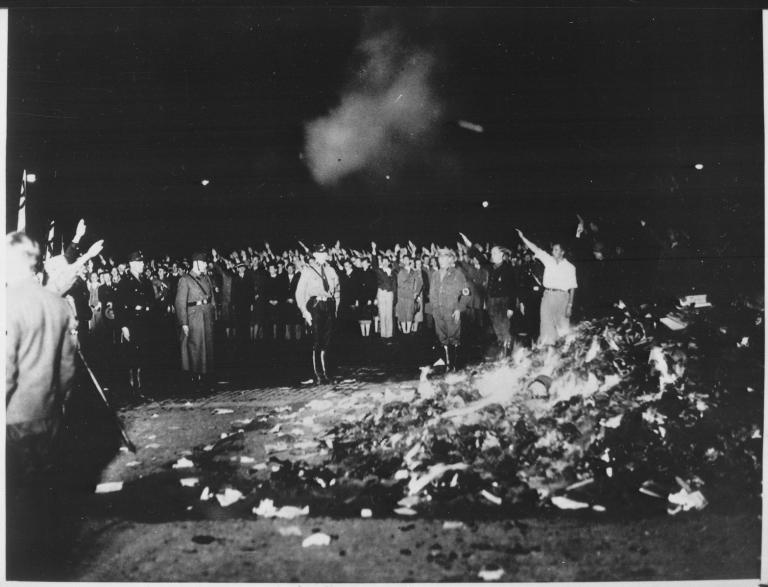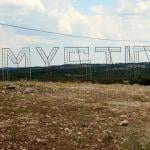
Winning the Nobel Prize is a remarkable achievement. But sometimes . . . umm, well, mistakes are made. Here’s a possible example:
During the Second World War, Irena Sendler, a Polish Roman Catholic, received permission from the Nazi occupation authorities to travel into and out of the Warsaw ghetto as a plumbing and sewer specialist.
That’s an odd specialty for a woman who was a social worker by training.
German officials were concerned about a possible outbreak of typhus in the ghetto, not (of course) because of any solicitude for Jews but because they feared that it might spread to the city at large. Social workers weren’t permitted into the ghetto, but Sendler obtained fake credentials as a nurse. Thereafter, while conducting sanitary inspections, Sendler and at least two associates brought medicines and hygienic items to the essentially imprisoned Jewish population and smuggled clothing, food, and other necessities to the ghetto’s population.
After October 1943, Sendler headed the children’s section of the “Konrad Żegota Committee,” an underground resistance organization that was also called the “Polish Council to Aid Jews.” Her code name was “Jolanta.” She smuggled Jewish infants out of the ghetto in the bottom of the plumbing toolbox that she carried back and forth. She also brought a burlap sack in the back of her truck that she used for transporting larger kids.
Sender kept a dog in the back of truck, as well. She had trained it to bark whenever she neared the Nazi soldiers stationed at the ghetto’s checkpoints. Those soldiers, of course, rapidly wearied of the noisy dog, which hastened her passage through the checkpoints, and the barking served to cover up any noises that the children might make.
It’s estimated that at least 300,000 Jews from the ghetto were killed, either within the Ghetto itself or in the extermination camps at Treblinka and elsewhere. That’s a terrible toll. Still, operating with others, Irena Sendler managed to smuggle out and save 2500 Jewish children. She and her associates gave them forged identity papers and lodged them with Polish Christian families, in orphanages, and with nuns in Catholic convents. They were given Christian names and taught Christian prayers, so that, if they were ever questioned, their false identities would be convincing.
Ultimately, though, Sendler was caught, and the Nazis broke both of her legs and arms, beat her severely, sent her to a labor camp, and sentenced her to death. But she never gave up any information to her interrogators. And the Konrad Żegota Committee managed to secure her freedom on the very day scheduled for her execution, by bribing her guards as she was actually on her way to the firing squad.
Sender kept records, sometimes in glass jars that she buried under a tree in her backyard, of the names of all the children she had smuggled out, including both their actual names and the new identities that had been given to them. She tossed one list of names to a close friend, Janina Grabowska, on the day of her arrest while the Gestapo were distracted with searching her house. After the war, she tried to locate any parents who might have survived and she attempted to reunite those children with their families. She felt it her responsibility to preserve each child’s Jewish identity.
Unfortunately, most of those family members had been gassed at Treblinka or had disappeared (perhaps in the Warsaw Uprising that occurred in Summer 1944). So the majority of the kids that Sendler and her network had saved were necessarily either placed with foster families or adopted.
In 2007, Irena Sendler was nominated by the government of Poland for the Nobel Peace Prize.
But she wasn’t selected.
Instead, Al Gore and the Intergovernmental Panel on Climate Change won.
Irena Sendler was nominated again in 2008, but a Finnish politician by the name of Martti Ahtisaari took the prize. That was the year in which she died, in Warsaw, at the age of ninety-eight.












